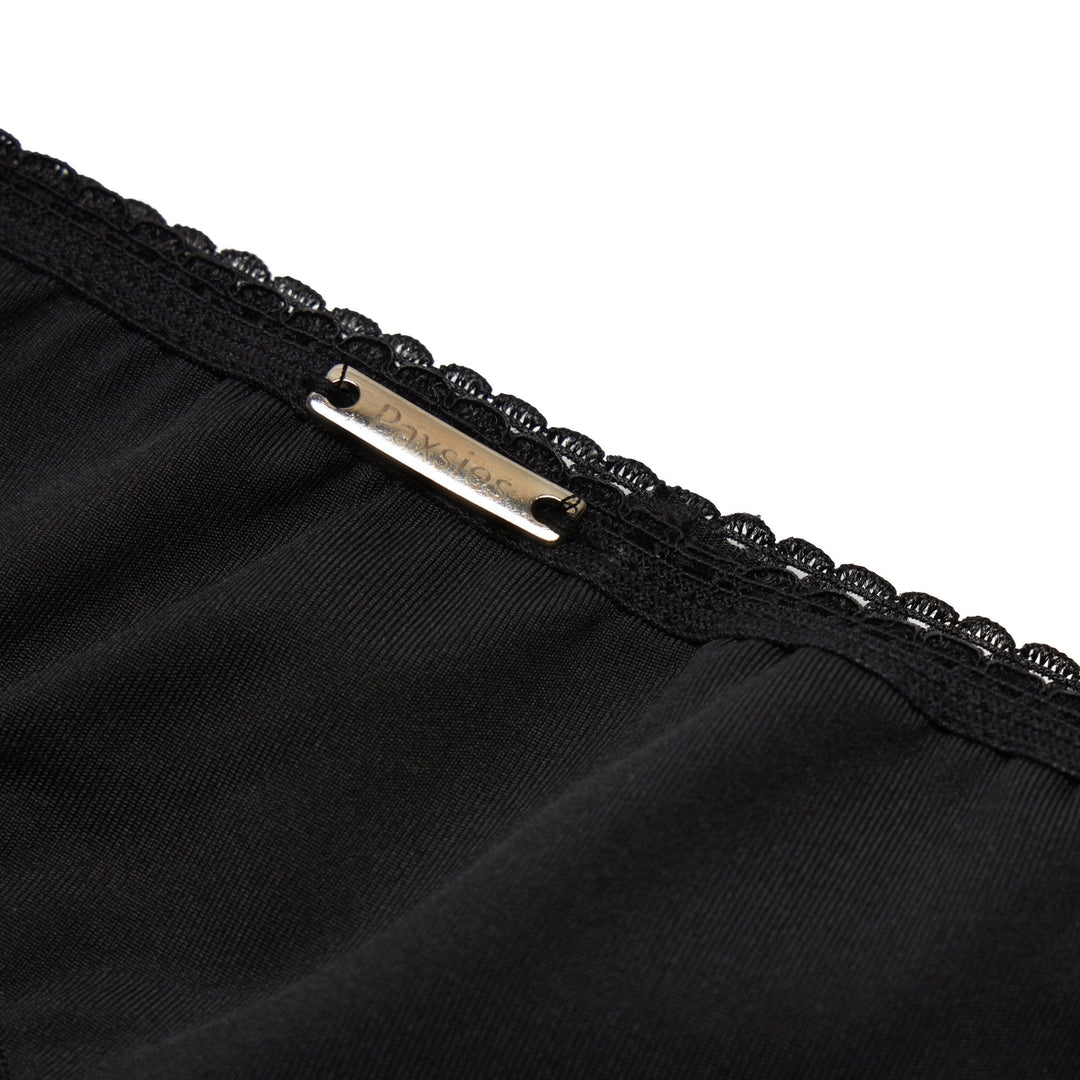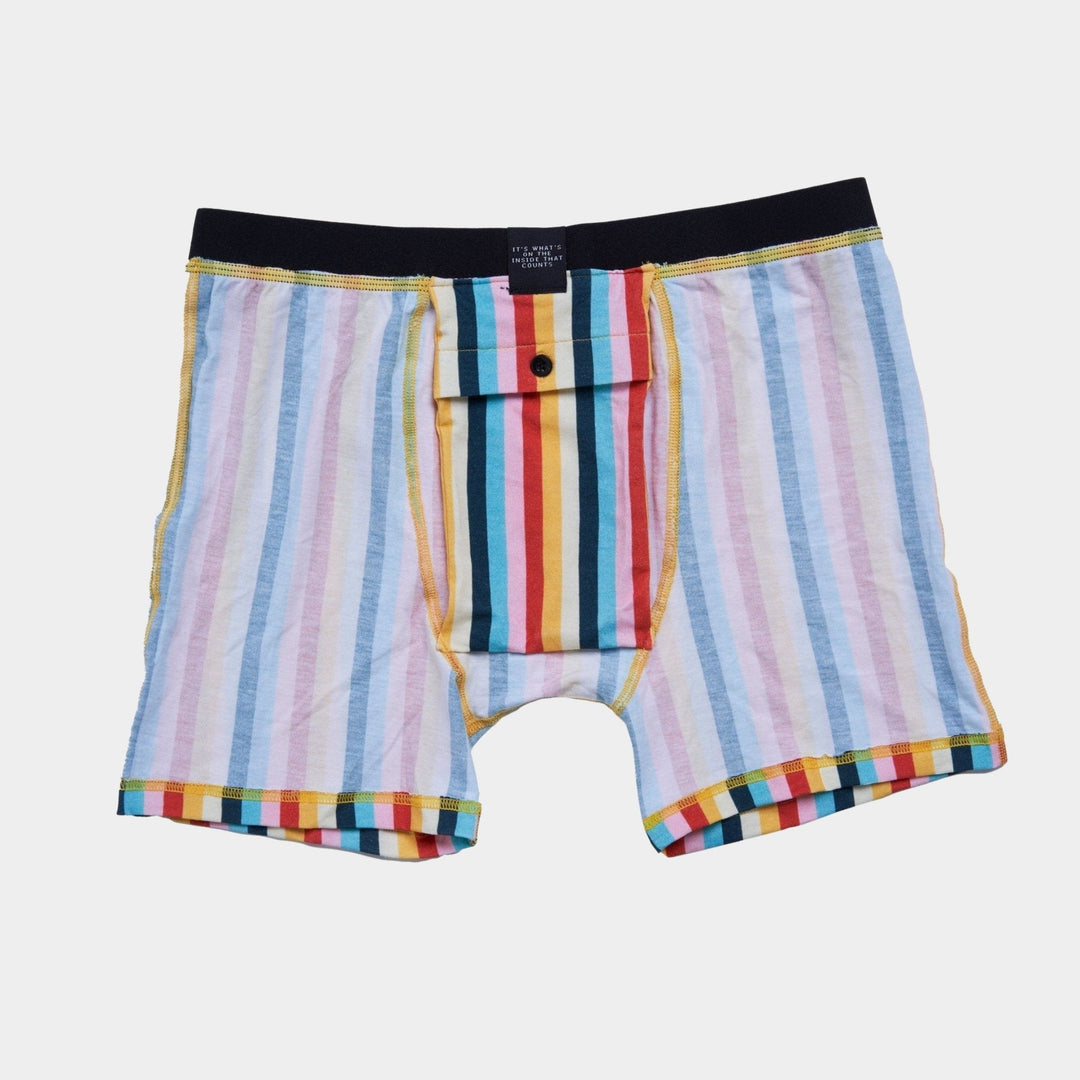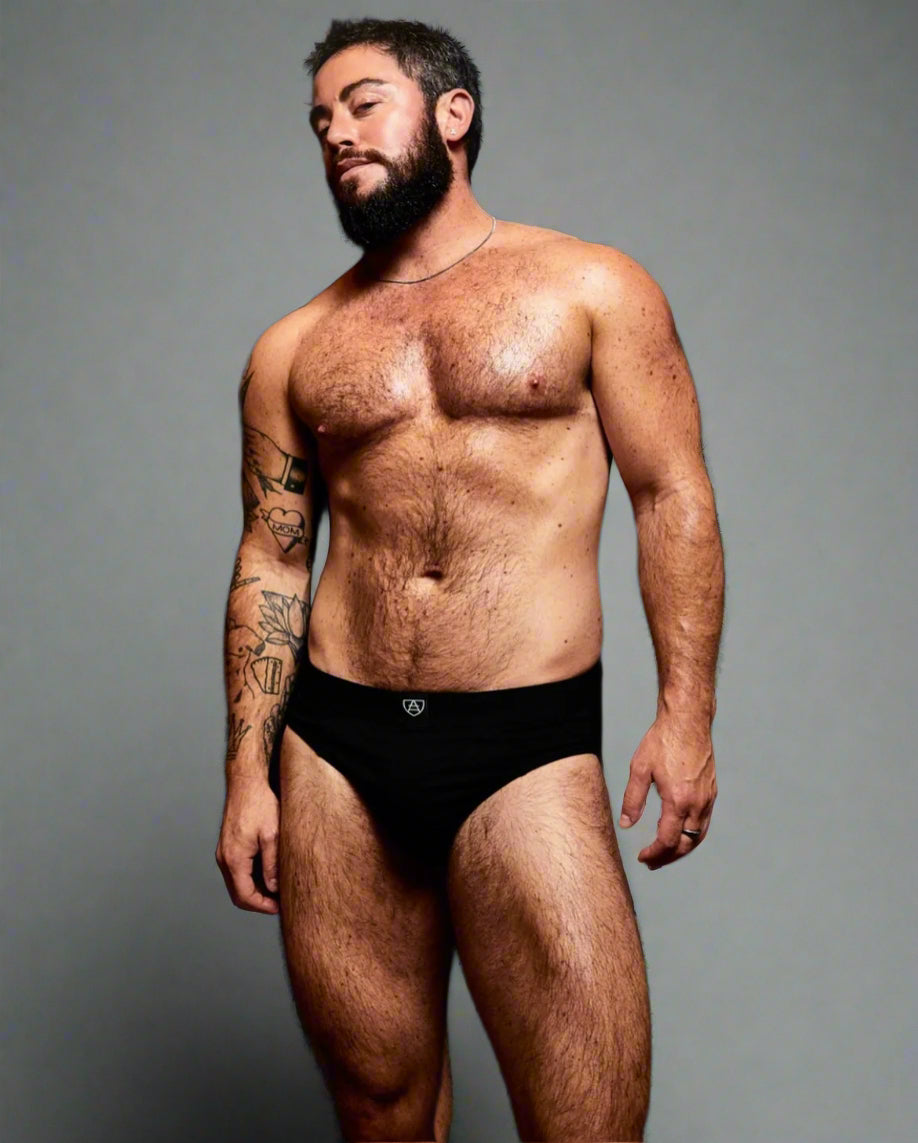6 Powerful Transgender Athletes Who Made History
Everyone’s aware that trans people face many barriers both legal and social in participating in sports, and it’s a topic that’s had a lot of news coverage in recent times. Whether or not trans women should be allowed in women’s sports is especially debated, despite the fact that there’s no scientific evidence they actually have any biological advantage over cis women, as is often cited as a reason against their inclusion. Almost as if transphobes aren’t actually interested in the facts around trans people…
But for this article we wanted to focus on celebrating some amazing athletes and their achievements, to uplift trans people rather than focus solely on oppression. Here are 6 trans athletes who’ve made sporting history with some of the coolest sports around.
1. Laura Goodkind (they/them) – Paralympic Rowing
Laura (who uses the word Neutral to affirm their gender rather than non-binary which they feel focuses on what they are not) is someone we’ve written about before on this blog, as they are one of three non-binary/neutral athletes who competed at last summer’s Paralympic games. They were a part of the USA Mixed Doubles Sculls team in the PR2 class for rowers with arm and trunk function, but may have spinal injuries.
Though they didn’t win a medal, said in an interview with Outsports that they hoped being public about their gender identity would help others “feel more comfortable being able to display their congruent whole self at all time.” They felt the Paralympics were “an incredible accepting community where physical and emotional barriers barely exist.”
2. Robyn Lambird (she/they) – Wheelchair Racing
Australian athlete Robyn Lambird plays wheelchair rugby, wheelchair basketball, and took up Para-athletics in 2016. They have cerebral palsy and compete in the T34 classification. In the 2020 Summer Paralympics she won a bronze medal in the 100m T34 final with a time of 0:18.68. In an interview with Siren they spoke about how important it is for them to be visible as a queer disabled athlete.
“Kids can’t be what they can’t see, you know, and it can be really scary. If you don’t have anyone else to look up to, you can feel so alone. So I think it’s really important for those people that are claiming to be diverse, that they include disability, that they include gender diverse people, because our society is so rich and diverse.”
3. Maz Strong (they/them) – Seated Shotput
Maz Strong is a pretty awesome athlete for a few reasons. Firstly, they’re one of the first 3 non-binary/neutral athletes competing at the Paralympics. Secondly, they were 46 when they took up sitting shotput. Third, what a name for a shotputter! They are classified as an F33 athlete so compete using a wheelchair, which is harder than standing shotput as usually in throwing a lot of power comes from the legs and trunk.
4. Apayauq Reitan (she/her) – The Iditarod
You may have recently seen Apayauq Reitan in the news for being the first out trans woman to compete in the Iditarod, a gruelling 1500km dog sled race in Alaska. Running since 1973, the Iditarod was intended to test the best dog sled mushers and revive popularity of the sport. It’s difficult, dangerous, and incredibly cool.
This year was Reitan’s second time competing, though the first time competing openly as a woman. Though she was out to a few friends, it was only after finishing the race for the first time that she decided to come out publicly. She made the announcement on social media on International Women’s Day 2021, to an overwhelmingly supportive reception.
In an interview with Outside magazine, she spoke about how although HRT made her more susceptible to the cold, it also heightened her emotions during the race, giving her “a lot more happy moments [that were] a lot more intense.” Most importantly, she felt “being on estrogen just feels right, like the correct hormone for me.”
As for how she did this time, Reitan finished in in 37th place, the last musher to cross the line, earning her the Red Lantern award. It’s a special award recognising the toughness to be out in the wilderness longer than any other competitor. And Reitan had a sense of humour about it as well, joking that she “Defeat[ed] the "bioligical [sic] advantage of trans women" narrative by being literally the slowest musher to finish the Iditarod this year.”
Defeating the "bioligical advantage of trans women" narrative by being literally the slowest musher to finish the Iditarod this year 😂😂😂
— Apayauq (She/Her) ❄🏳️⚧️🍞🌹 (@Apayauq1) March 21, 2022
But it wasn’t all about winning for her. “Part of the reason I decided to do the Iditarod again is to have an opportunity to show that you can be trans and do anything,” she said to The Guardian. “I want trans people who are in the closet to see that surprisingly different people can transition and be OK.”
You can find Reitan’s photography online here.
5. Keelin Godsey (he/him) – Hammer Throw
In 2012, trans man and hammer thrower Keelin Godsey made history as the first openly transgender athlete to compete for a place in the USA Olympic team. Although Godsey narrowly missed out on making the team, his attempt was still a big step forward for trans inclusion in the Olympics.
6. Harrison Browne (he/him) - Hockey
Now pursuing a career in acting and LGBTQ+ advocacy, the multi-talented Harrison Browne was the first transgender professional hockey player. His social transition prompted the National Women’s Hockey League to partner with LGBTQ sports organisation You Can Play to draft guidelines for trans players looking to enter a professional league.
Since retiring from professional hockey, Browne has focused on sports entertainment, marketing, and community outreach, and spoken about the importance of queer people in professional sports. “We need more openly LGBT people in front offices, on coaching staff, on teams,” he said in an interview with NBC Sports. “I think those stories need to be brought out more.”
Throughout these athletes’ stories we see repeated again and again the idea that they really hope their visibility can help other people on their own gender journeys. Visible trans role models are super important, especially for younger people, because it lets people see that they can grow up to be happy and successful, doing what they love, and that sports are for everyone to enjoy.
These trans athletes may have been the first in many cases, but they’ll by no means be the last. Every trans person who is able to publicly be their authentic self, whether a professional athlete, student, bus driver, teacher, janitor, officer worker, photographer, carer, or as just another person in the world, is doing something to make the world better for everyone.






